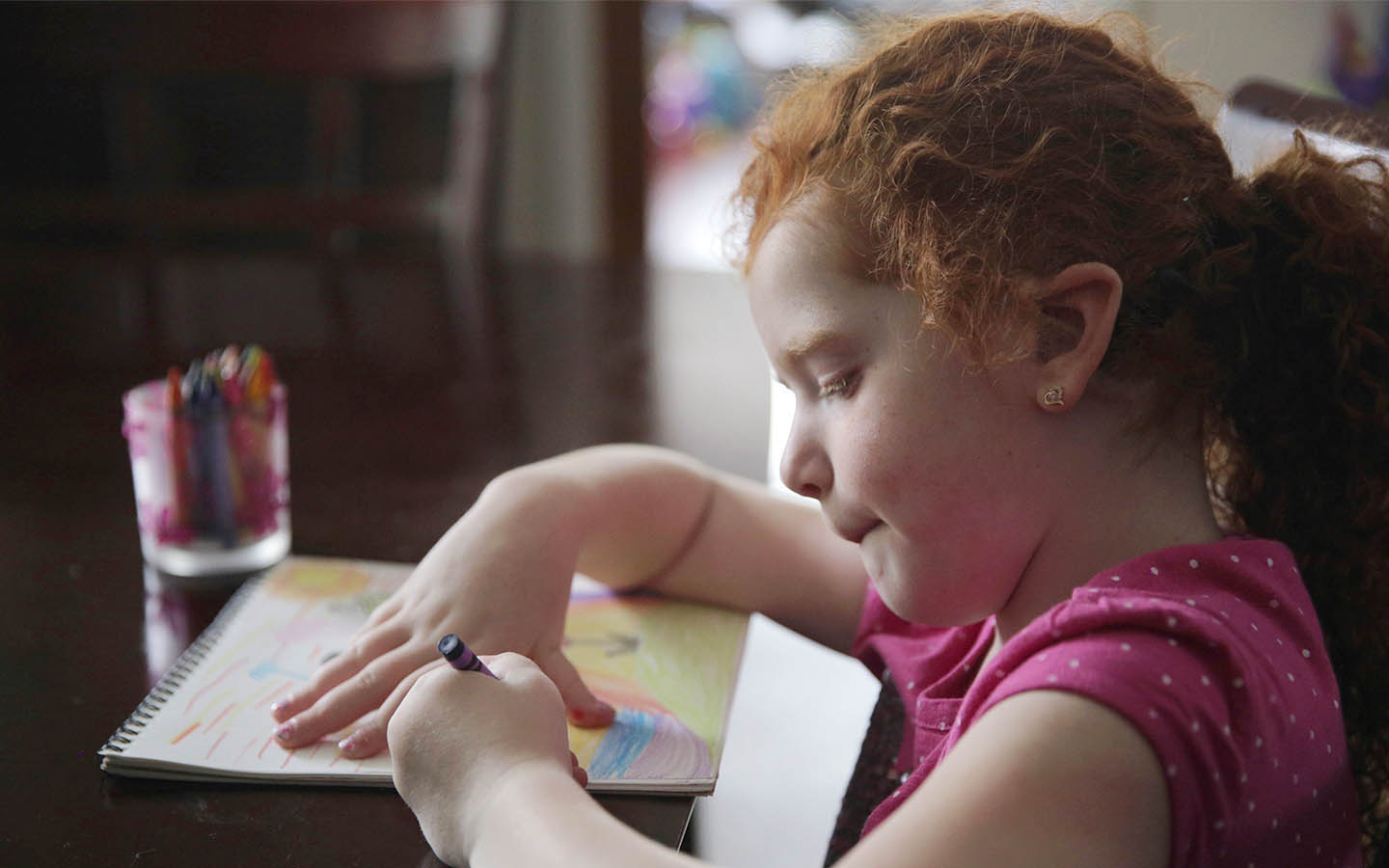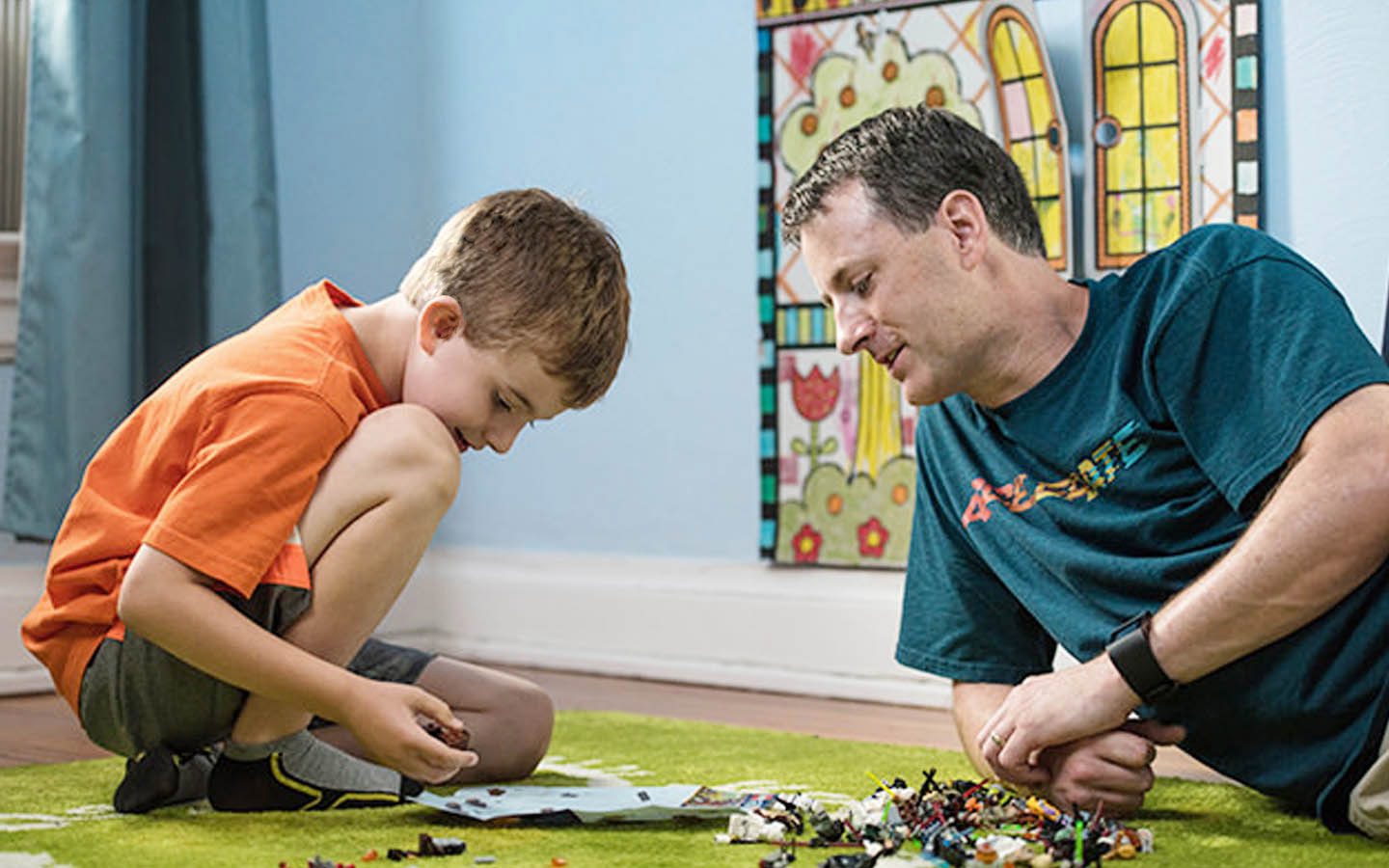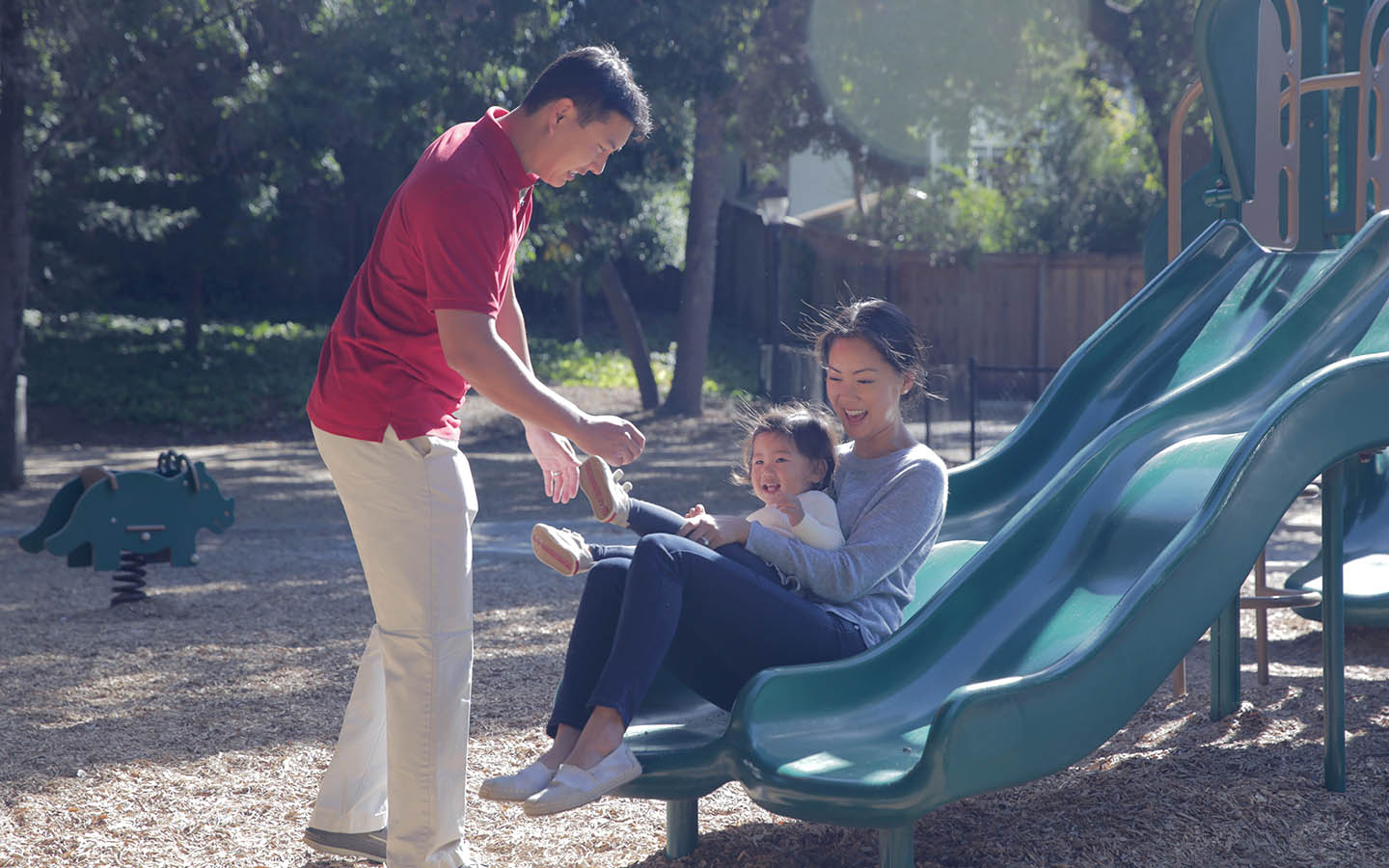Signs of hearing loss in children
Some elements can indicate that a child is affected by hearing loss.

Page contents
- The signs of hearing loss in children.
- Typical speaking milestones for children.
The signs of hearing loss aren't always obvious. Here are some things to look for, plus a guide to hearing and speech development in young children.
In most cases, hearing difficulties in children are detected soon after birth. For example, during the evaluation of neonatal deafness screening or if a parent notices their baby does not react to loud sounds close to his or her head.
In other cases, however, it may be more difficult to identify when a child has hearing problems, especially if they haven't started talking yet. For this reason, parents should be aware of certain signs and symptoms of hearing problems in young children.
Some possible signs of hearing loss in an infant or toddler
-
Does not react to loud sounds.
-
Does not seek out or detect where sound is coming from.
-
Has stopped babbling and experimenting with making sounds.
-
Still babbles but is not progressing to more understandable speech.
-
Doesn't react to voices, even when being held.
Ages and stages when children typically learn to listen and speak1
Knowing more about hearing and speech development milestones can be helpful. Use these guidelines to better understand how children progress.
|
Age |
Hearing and understanding |
Speech and language |
|
Birth to three months |
|
|
|
4-6 months |
|
|
|
7 months-1 year |
|
|
|
1-2 years |
|
|
Remember, some children with normal hearing may reach those milestones later. If there are any concerns, a healthcare professional should be consulted as soon as possible.
Some possible signs of hearing loss in a school-aged child
-
Does not understand simple directions or follow simple commands, such as "get your shoes".
-
Is easily frustrated or experiences communication breakdowns.
-
Is falling behind with speech and communication skills.
-
Relies on lip-reading.
-
Is exhausted after school from concentrating to understand speech.
The steps that may be taken if hearing loss is suspected in a child
The first step is to see a doctor who can perform a check on the ears and recommend a course of action.
Find a hearing implant specialist
Disclaimer
Please seek advice from your health professional about treatments for hearing loss. Outcomes may vary, and your health professional will advise you about the factors which could affect your outcome. Always follow the directions for use. Not all products are available in all countries. Please contact your local Cochlear representative for product information.
For a full list of Cochlear’s trademarks, please visit our Terms of Use page.
References
- Speech and Language Developmental Milestones [Internet]. NIDCD. 2018 [cited 13 September 2018]. Available from: https://www.nidcd.nih.gov/health/speech-and-language


